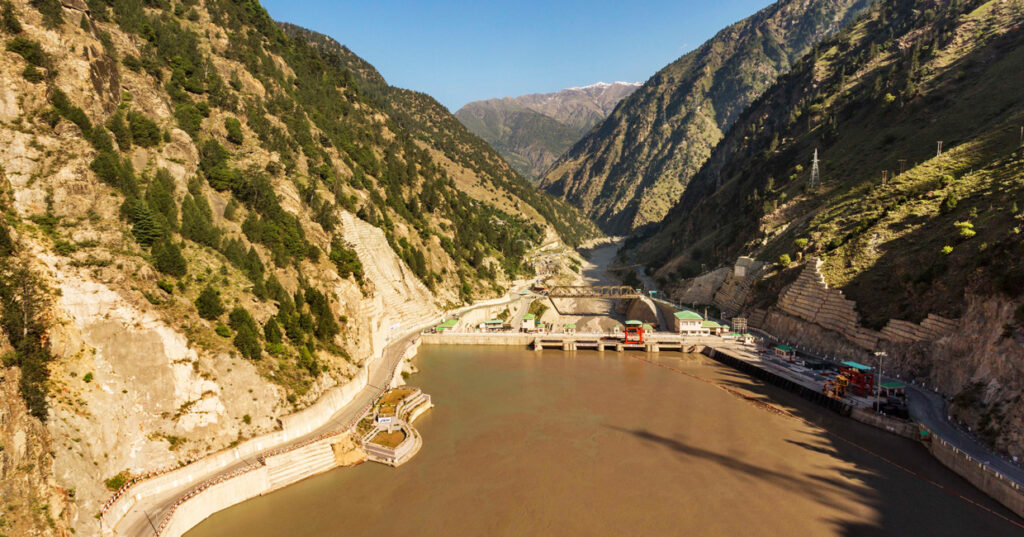Sustainability has been an essential element of GROHE‘s corporate strategy for almost 20 years. As early as 2000, the global brand committed itself in its “principles and guidelines for sustainability” to continuously improving all products, processes and services in terms of protecting the environment and conserving resources.
Since then, GROHE has set new industry standards, applying its 360-degree sustainability approach that incorporates employees, suppliers, customers, processes, products and the company’s social contribution alike.
Supporting two offsetting projects is another logical step for GROHE to compensate for so far unavoidable CO2 emissions. In the north of India, the operation of a hydroelectric power plant replaces electricity that mainly comes from coal-fired power plants.
In the African non-coastal state of Malawi, a project repairs and maintains boreholes that are used to produce drinking water. With the help of selected offset projects, GROHE will support activities based on extremely stringent criteria, such as the Gold Standard, developed under the aegis of the WWF.
In addition to avoiding CO2, the measures also contribute to a more sustainable, ecological and social development within the projects’ environments.
“With GROHE goes ZERO, we are further expanding our leading position as one of the most sustainable brands in the sanitary industry,” says Thomas Fuhr. “But at the same time, we have by no means reached all of our sustainability goals; we can and must get even better.”



